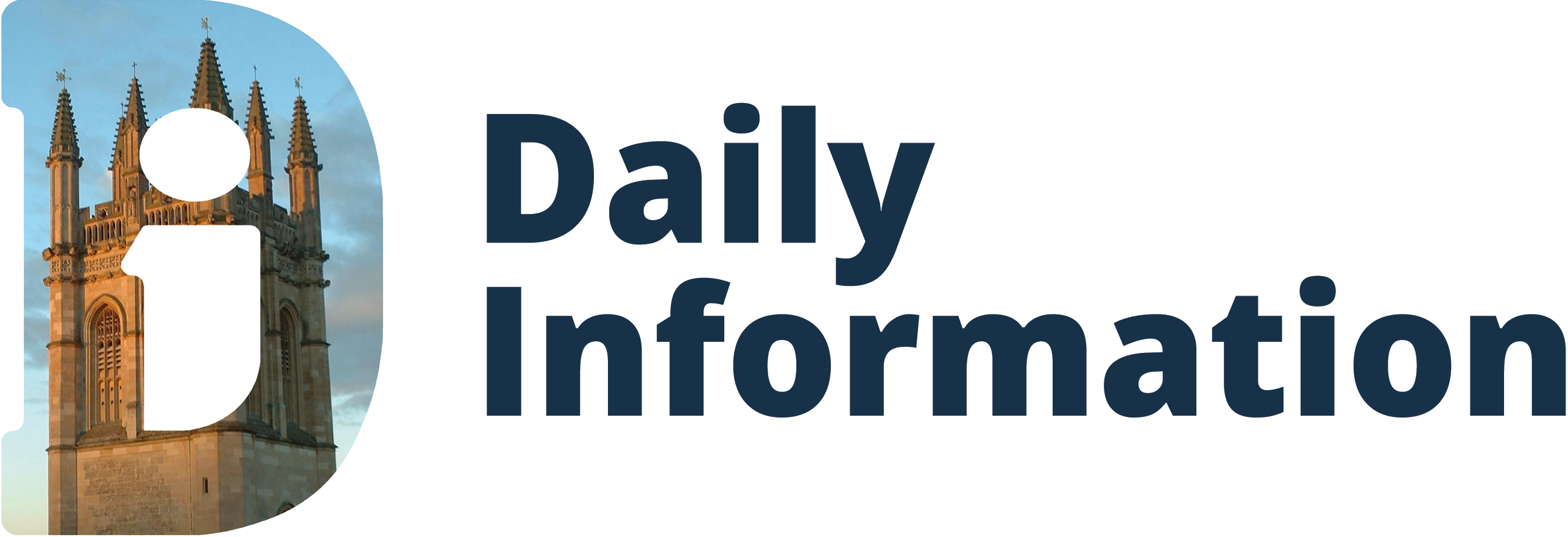Sir John Falstaff has a strong case to be considered Shakespeare's most iconic character. A huge presence in Henry IV as Prince Hal's companion and mentor figure, he survives his offstage death in Henry V to return in the altogether lighter romp of The Merry Wives of Windsor. Shakespeare took what the audiences of the time were drawn to in the character - the roguish, drunken charm - pulled him out of a history play and plonked him into a comedy. The Merry Wives of Windsor is therefore a sort-of spin-off, the Frasier or Joey of the Shakespeare canon.
Giuseppe Verdi's opera (titled Falstaff to highlight its leading man) feeds into the lasting appeal of the character, and has proved a popular fixture on the opera scene since it was first performed in 1893. The narrative here is quite simple: Falstaff makes plans to woo and charm a pair of wives away from their husbands. When they catch wind of this plot, they set their own plan in place to trick and humiliate the lecherous knight, all within the constraints of their society. Over the course of the next two acts there are fake letters, pranks and disguises galore.
As is now expected from attendees of Garsington Opera, the quality of production here is exceptional, particularly the strength of the ensemble. I appreciated Bruno Ravella's direction (plus Tim Claudon as movement director) during the larger group moments which cap each half of the opera, creating intricate scenes. Henry Waddington makes a fine lead, successfully balancing the seedier side of the character with the pathos that can be wrung out of him, particularly at the start of the third act when our protagonist is alone, dejected and humiliated. However, this production belongs to a powerful quartet of supporting parts. Victoria Simmonds and Mary Dunleavy are commanding, often funny presences as Meg Page and Alice Ford, while there is a mischievous delight in how skilfully Yvonne Howard shapes Mistress Quickly into a fascinating presence. Finally, Soraya Mafi manages to give the production some much needed emotional depth in a deeply human turn as Nannetta. All the singers are ably supported by the exceptional Philharmonia Orchestra, who perform the intricate score beautifully.
I enjoyed the early 20th century design (set and costumes) from Giles Cadle that particularly effectively frames both the misogyny exhibited by the men, and the fierce rebellious streak felt in the compelling female characters - when we first meet Falstaff's two intended conquests they are suffragettes protesting. The set has a charming cartoon-like quality to it that even comes close to the artwork of Terry Gilliam (Monty Python). But if it feels like there is one area where the production falls down it is in the set changes, which seem to drag on for far too long and suck much of the energy out of proceedings. After a long pause, it then becomes a struggle for each scene to regain the momentum lost. This was mostly an issue during the first half, where the story covers a larger number of locations. It feels a shame that the set works against such a strong ensemble of performers.
With Garsington Opera you expect a degree of quality to match the beautiful surroundings and world-class theatre that it offers. With Falstaff they just about achieve this, thanks to some marvellous performances. While I feel the production sometimes lets the ensemble down, it does not prevent the opera leaving its audience with a collective smile on their faces.




